To northern sky watchers, Vega is a familiar sight in the summer sky. It’s one of the brightest stars in the sky and in 2013, astronomers detected a large ring of rocky debris surrounding the planet. The prospect of planets suddenly became a real possibility so astronomers turned the James Webb Space Telescope (JWST) on the star. The hunt achieved 10 times the sensitivity of previous ground based searches but alas no planets were discovered.
Continue reading “Webb Scans Vega for Planets”The Outer Reaches of the Milky Way are Full of Stars, and the JWST is Observing Them

The Milky Way’s outer reaches are coming into view thanks to the JWST. Astronomers pointed the powerful space telescope to a region over 58,000 light-years away called the Extreme Outer Galaxy (EOG). They found star clusters exhibiting extremely high rates of star formation.
Continue reading “The Outer Reaches of the Milky Way are Full of Stars, and the JWST is Observing Them”Something’s Always Been Off About the Crab Nebula. Webb Has Revealed Why!

The Crab Nebula has always fascinated me, albeit amazed me that it doesn’t look anything like a crab! It’s the result of a star that exploded at the end of its life back in 1054 CE, leaving behind what is known as a supernova remnant. Back then the explosion would have been visible to the naked eye, even in daytime. It was thought that the supernova that led to the cloud was from a less evolved star with a core made from oxygen, neon and magnesium. Recent studies by the James Webb Space Telescope reveals that it may actually be the core collapse of an iron rich star.
Continue reading “Something’s Always Been Off About the Crab Nebula. Webb Has Revealed Why!”The JWST Peers into the Heart of Star Formation

The James Webb Space Telescope has unlocked another achievement. This time, the dynamic telescope has peered into the heart of a nearby star-forming region and imaged something astronomers have longed to see: aligned bipolar jets.
Continue reading “The JWST Peers into the Heart of Star Formation”Galaxies in the Early Universe Preferred their Food Cold
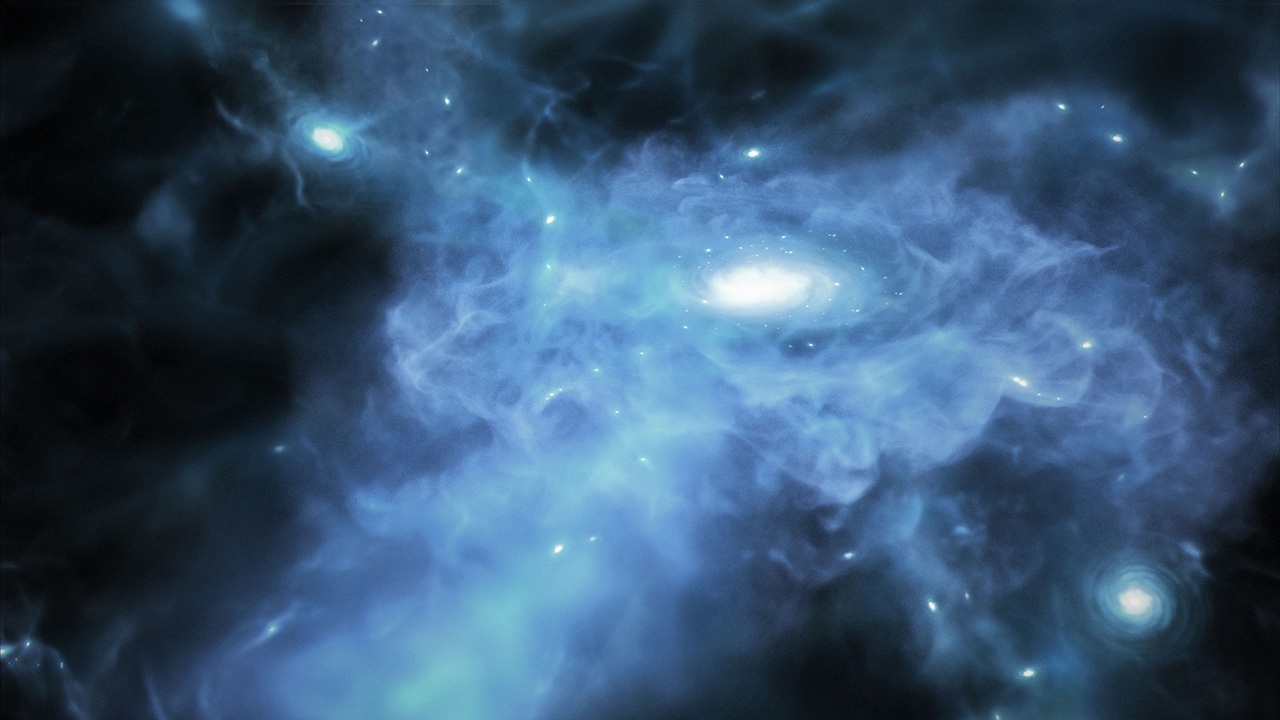
One of the main objectives of the James Webb Space Telescope (JWST) is to study the early Universe by using its powerful infrared optics to spot the first galaxies while they were still forming. Using Webb data, a team led by the Cosmic Dawn Center in Denmark pinpointed three galaxies that appear to have been actively forming just 400 to 600 million years after the Big Bang. This places them within the Era of Reionization, when the Universe was permeated by opaque clouds of neutral hydrogen that were slowly heated and ionized by the first stars and galaxies.
This process caused the Universe to become transparent roughly 1 billion years after the Big Bang and (therefore) visible to astronomers today. When the team consulted the data obtained by Webb, they observed that these galaxies were surrounded by an unusual amount of dense gas composed almost entirely of hydrogen and helium, which likely became fuel for further galactic growth. These findings already reveal valuable information about the formation of early galaxies and show how Webb is exceeding its mission objectives.
Continue reading “Galaxies in the Early Universe Preferred their Food Cold”Insanely Detailed Webb Image of the Horsehead Nebula
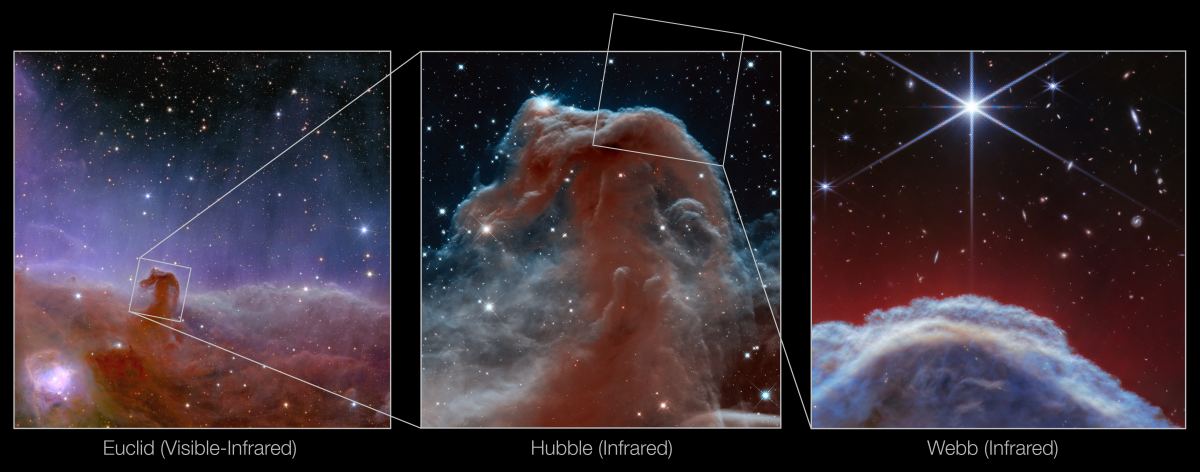
Few space images are as iconic as those of the Horsehead Nebula. Its shape makes it instantly recognizable. Over the decades, a number of telescopes have captured its image, turning it into a sort of test case for a telescope’s power.
The JWST has them all beat.
Continue reading “Insanely Detailed Webb Image of the Horsehead Nebula”Webb Sees a Galaxy Awash in Star Formation
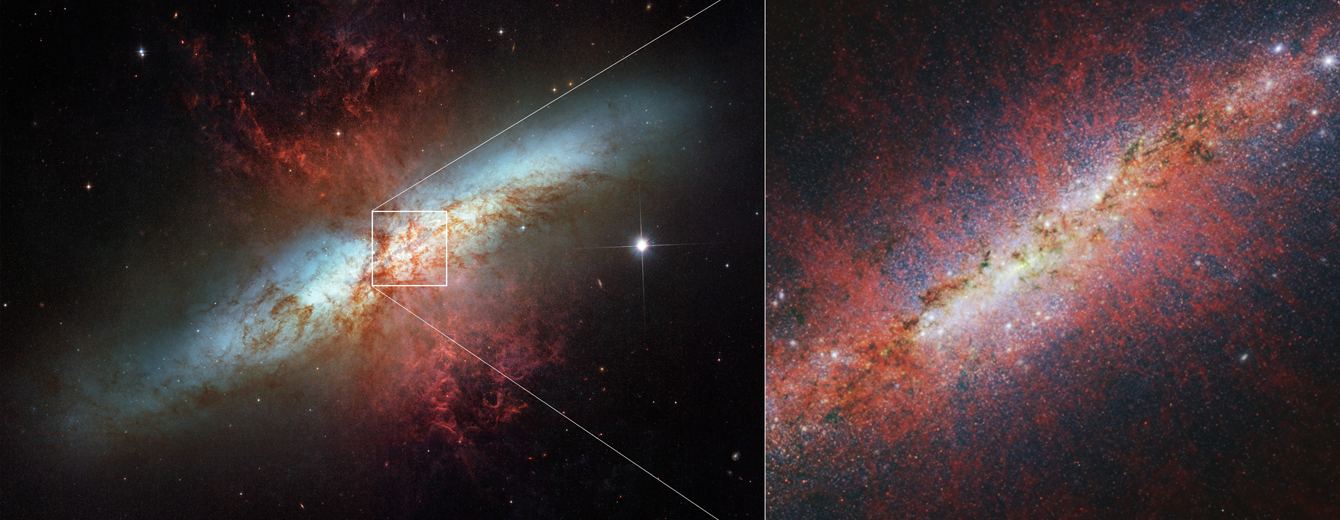
Since it began operations in July 2022, the James Webb Space Telescope (JWST) has fulfilled many scientific objectives. In addition to probing the depths of the Universe in search of galaxies that formed shortly after the Big Bang, it has also provided the clearest and most detailed images of nearby galaxies. In the process, Webb has provided new insight into the processes through which galaxies form and evolve over billions of years. This includes galaxies like Messier 82 (M82), a “starburst galaxy” located about 12 million light-years away in the constellation Ursa Major.
Also known as the “Cigar Galaxy” because of its distinctive shape, M82 is a rather compact galaxy with a very high star formation rate. Roughly five times that of the Milky Way, this is why the core region of M82 is over 100 times as bright as the Milky Way’s. Combined with the gas and dust that naturally obscures visible light, this makes examining M82’s core region difficult. Using the extreme sensitivity of Webb‘s Near-Infrared Camera (NIRCam), a team led by the University of Maryland observed the central region of this starburst galaxy to examine the physical conditions that give rise to new stars.
Continue reading “Webb Sees a Galaxy Awash in Star Formation”Webb Finds Hints of a Third Planet at PDS 70

The exoplanet census now stands at 5,599 confirmed discoveries in 4,163 star systems, with another 10,157 candidates awaiting confirmation. So far, the vast majority of these have been detected using indirect methods, including Transit Photometry (74.4%) and Radial Velocity measurements (19.4%). Only nineteen (or 1.2%) were detected via Direct Imaging, a method where light emitted or reflected from an exoplanet’s atmosphere or surface is used to detect and characterize it. Thanks to the latest generation of high-contrast and high-angular resolution instruments, this is starting to change.
This includes the James Webb Space Telescope and its sophisticated mirrors and advanced infrared imaging suite. Using data obtained by Webb‘s Near-Infrared Camera (NIRCam), astronomers within the MIRI mid-INfrared Disk Survey (MINDS) survey recently studied a very young variable star (PDS 70) about 370 light-years away with two confirmed protoplanets. After examining the system and its extended protoplanetary disk, they found evidence of a third possible protoplanet orbiting the star. These observations could help advance our understanding of planetary systems that are still in the process of formation.
Continue reading “Webb Finds Hints of a Third Planet at PDS 70”JWST Delivers A Fantastic New Image Of Supernova Remnant Cassiopeia A
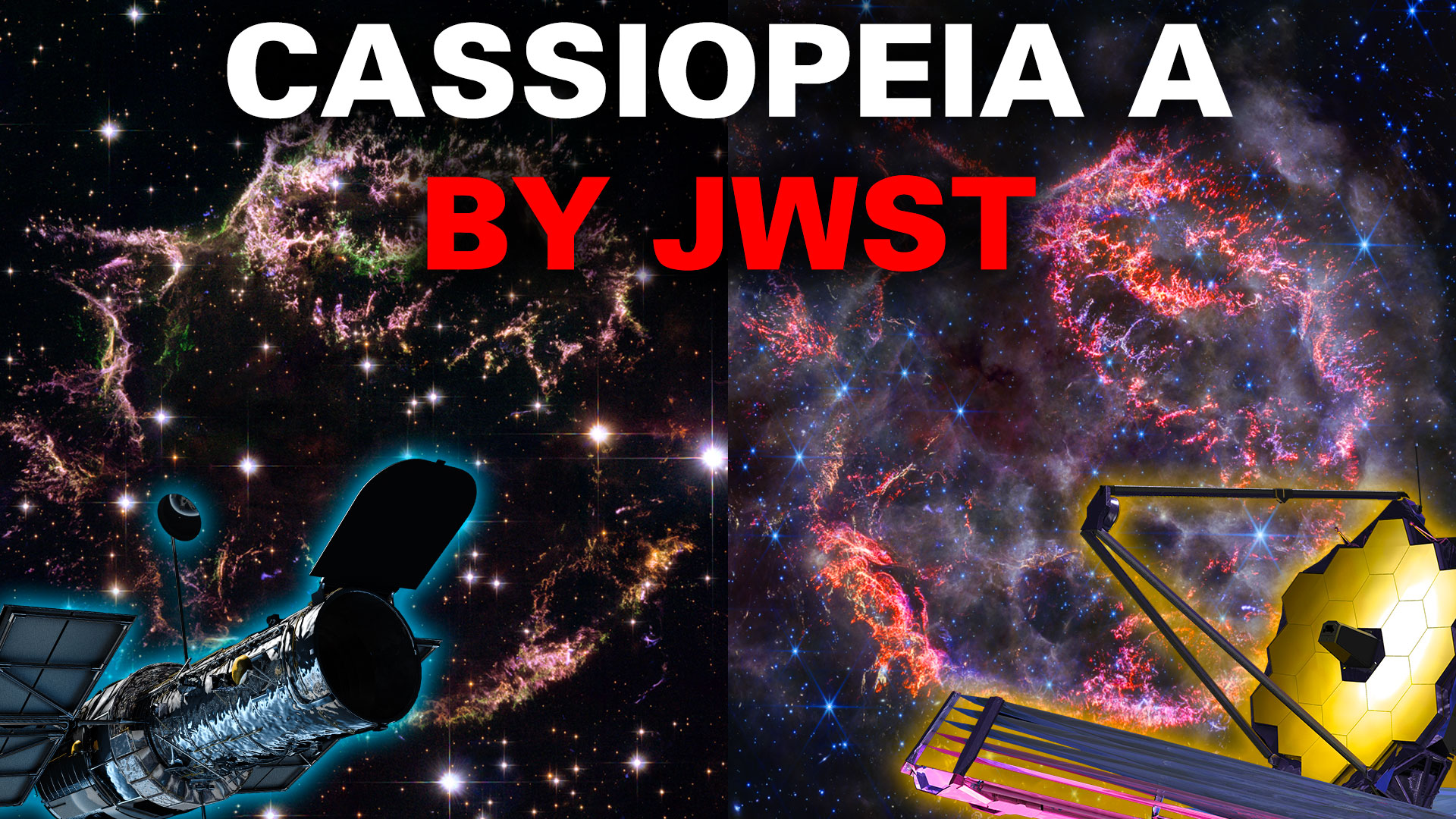
Astronomy is all about light. Sensing the tiniest amounts of it, filtering it, splitting it into its component wavelengths, and making sense of it, especially from objects a great distance away. The James Webb Space Telescope is especially adept at this, as this new image of supernova remnant (SNR) Cassiopeia A exemplifies so well.
Continue reading “JWST Delivers A Fantastic New Image Of Supernova Remnant Cassiopeia A”Why Was it Tricky to Know the Distances to Galaxies JWST Was Seeing?
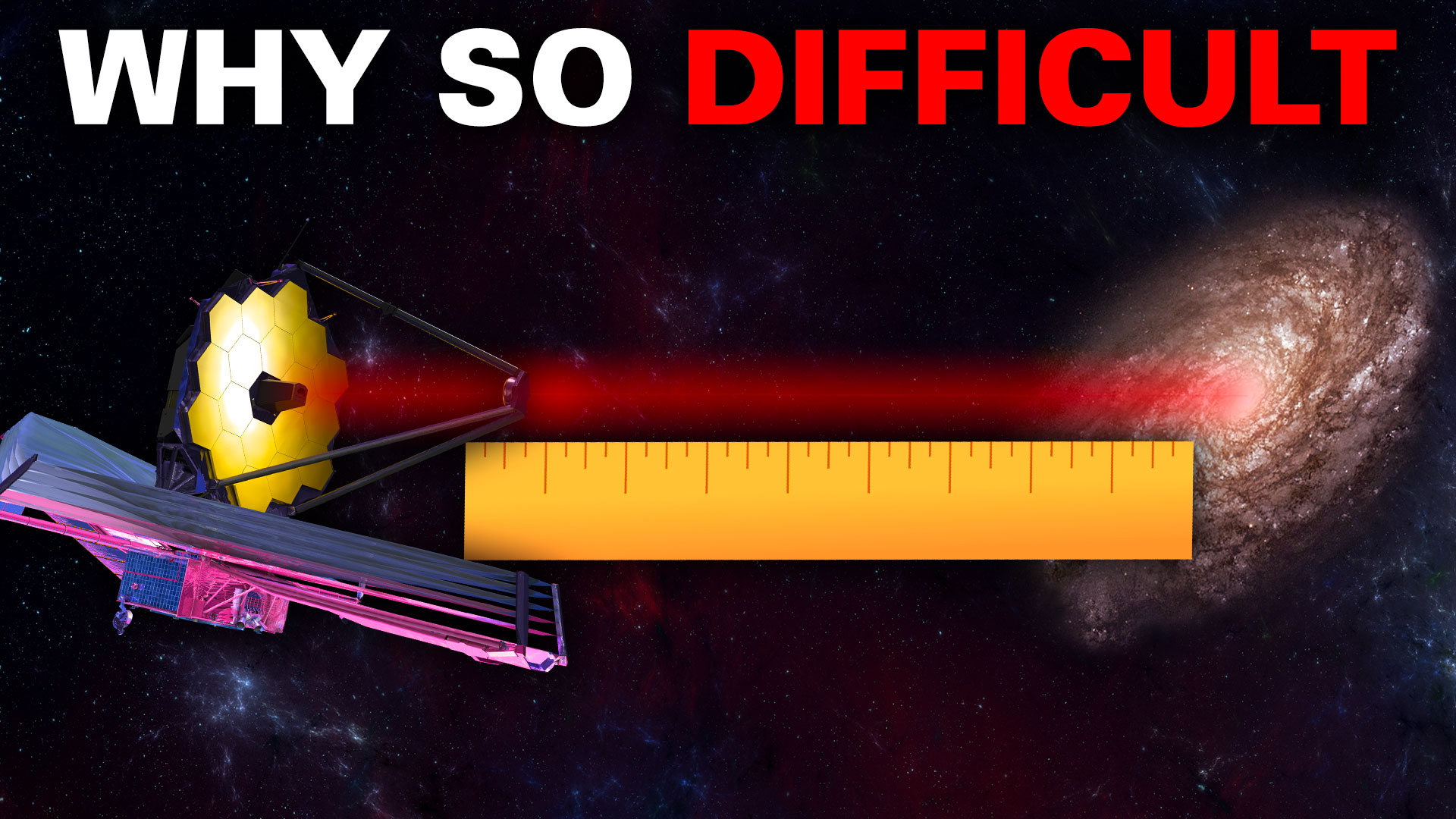
One of the chief objectives of the James Webb Space Telescope (JWST) is to study the formation and evolution of the earliest galaxies in the Universe, which emerged more than 13 billion years ago. To this end, scientists must identify galaxies from different cosmological epochs to explore how their properties have changed over time. This, in turn, requires precise dating techniques so astronomers are able to determine when (in the history of the Universe) an observed galaxy existed. The key is to measure the object’s redshift, which indicates how long its light has been traveling through space.
This is the purpose of the Cosmic Evolution Early Release Science Survey (CEERS), a collaborative research group that analyzes Webb data to learn more about galactic evolution. These galaxies are known as “high-redshift,” meaning that their light emissions are redshifted all the way into the infrared spectrum. Galaxies that existed ca. 13 billion years ago can only be observed in the near-infrared spectrum, which is now possible thanks to Webb’s Near-Infrared Camera (NIRCam). Even so, obtaining accurate redshift measurements from such distant galaxies is a very tricky, and requires advanced techniques.
Continue reading “Why Was it Tricky to Know the Distances to Galaxies JWST Was Seeing?”
